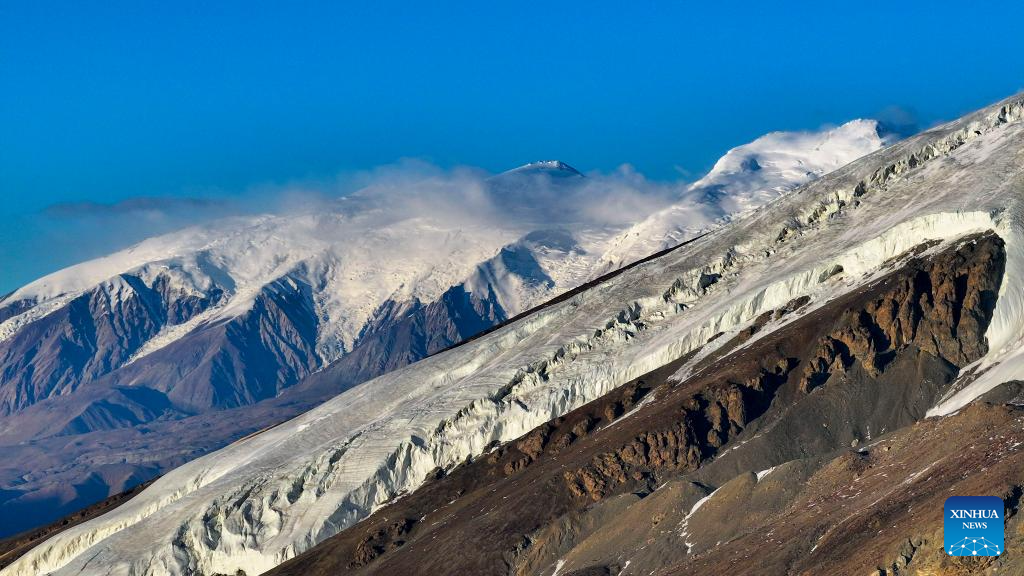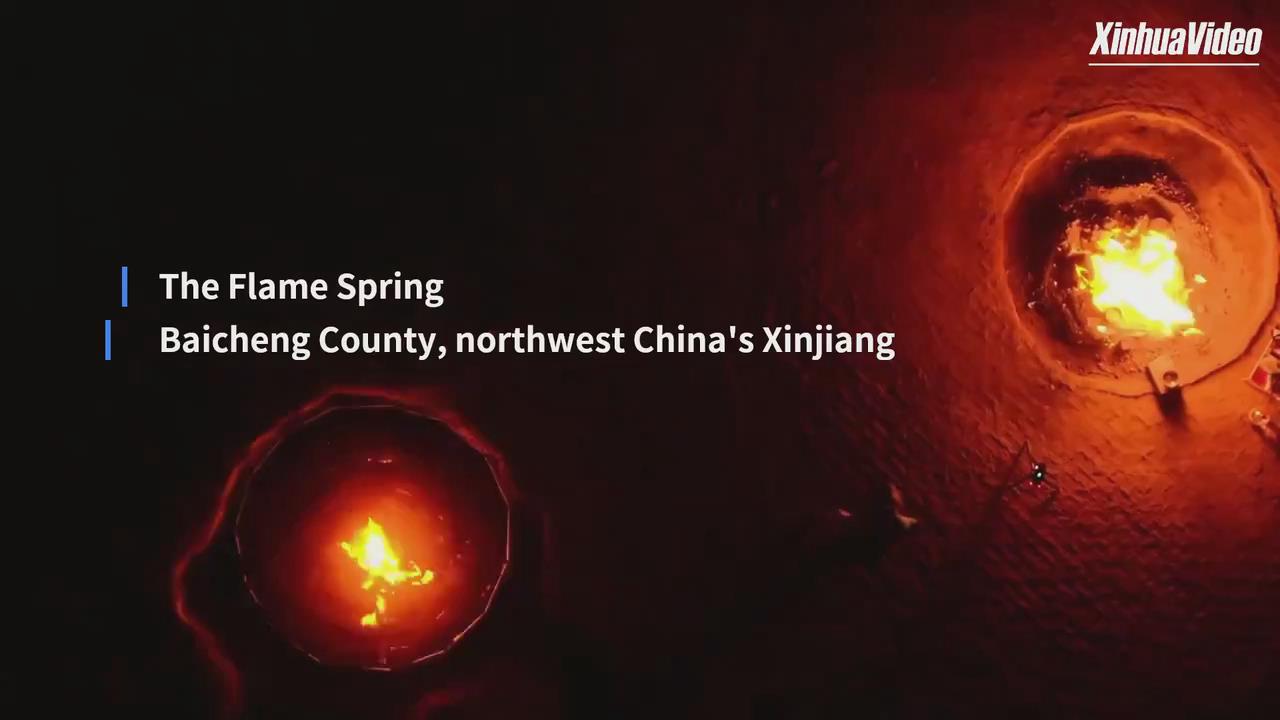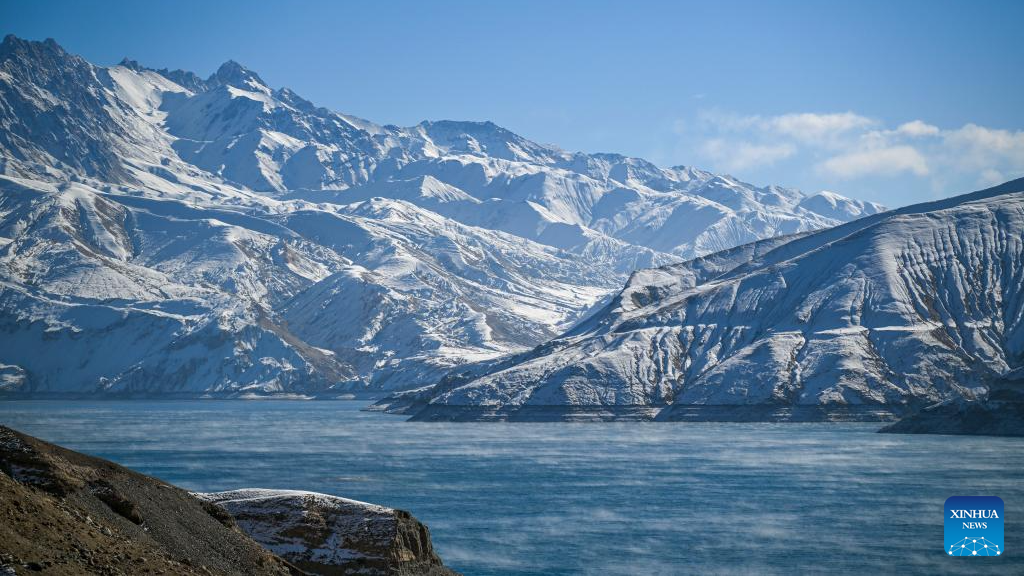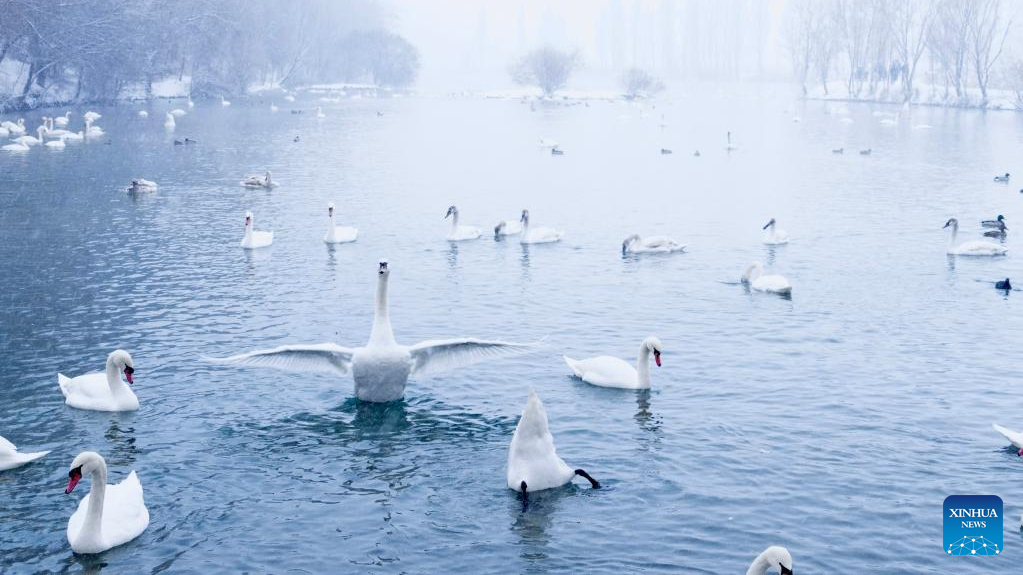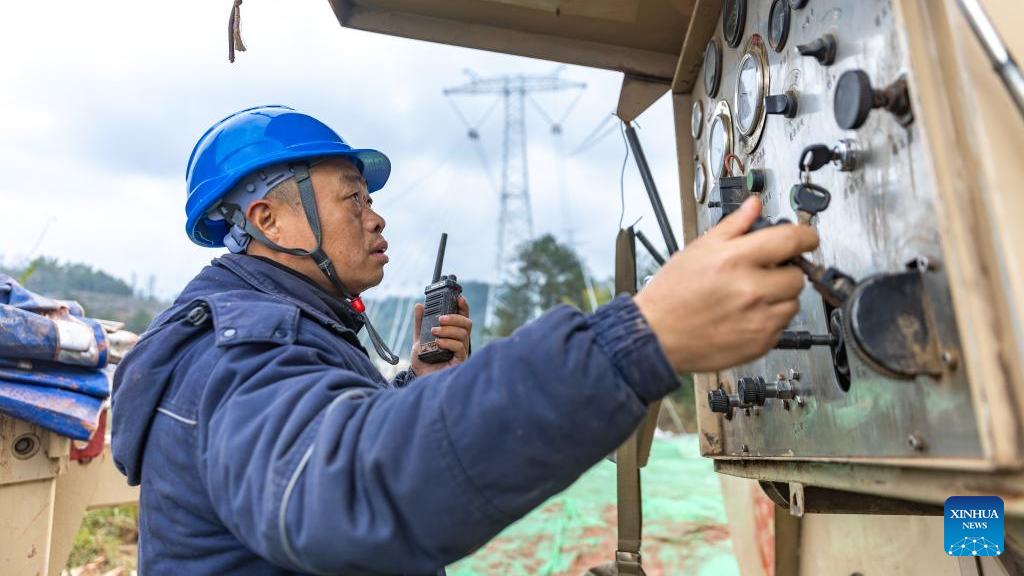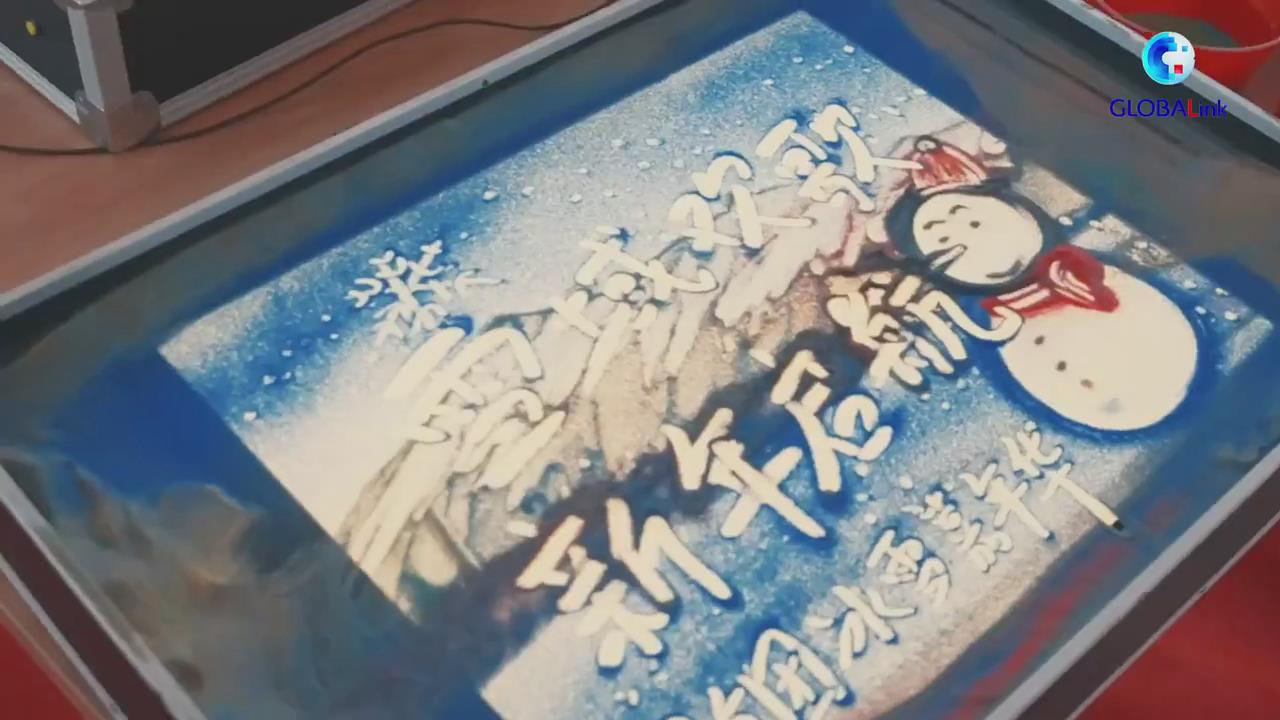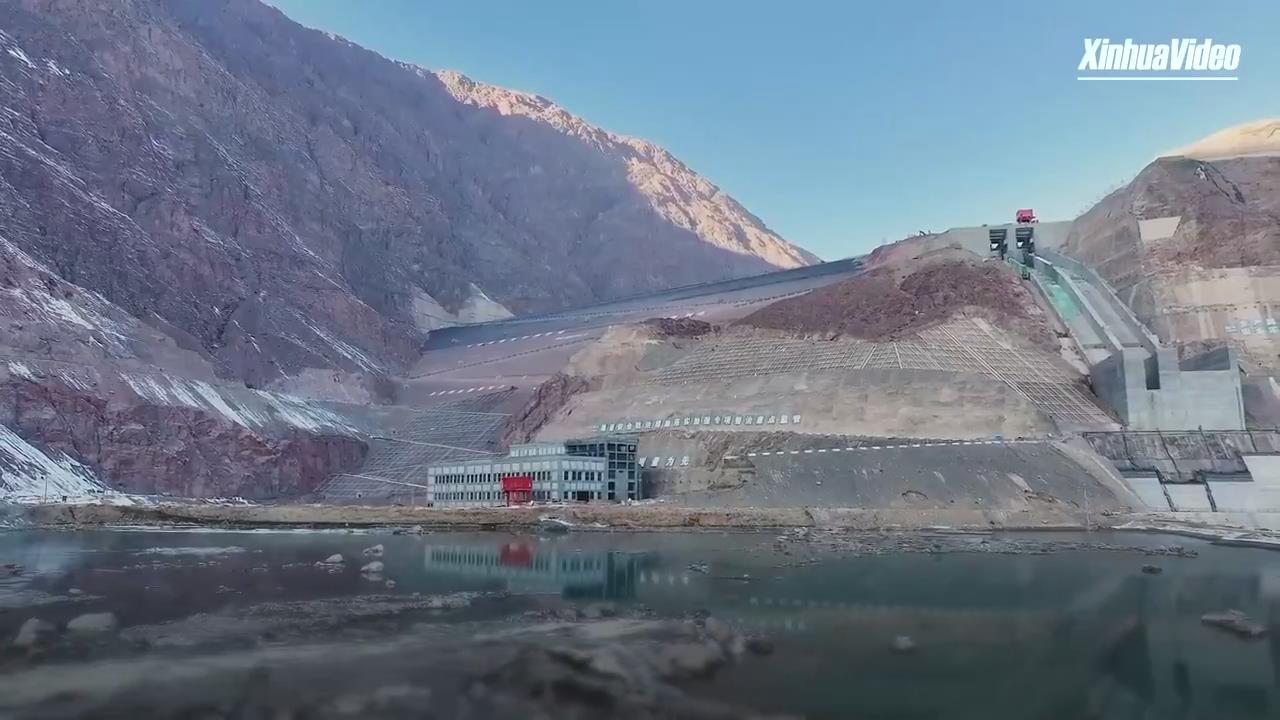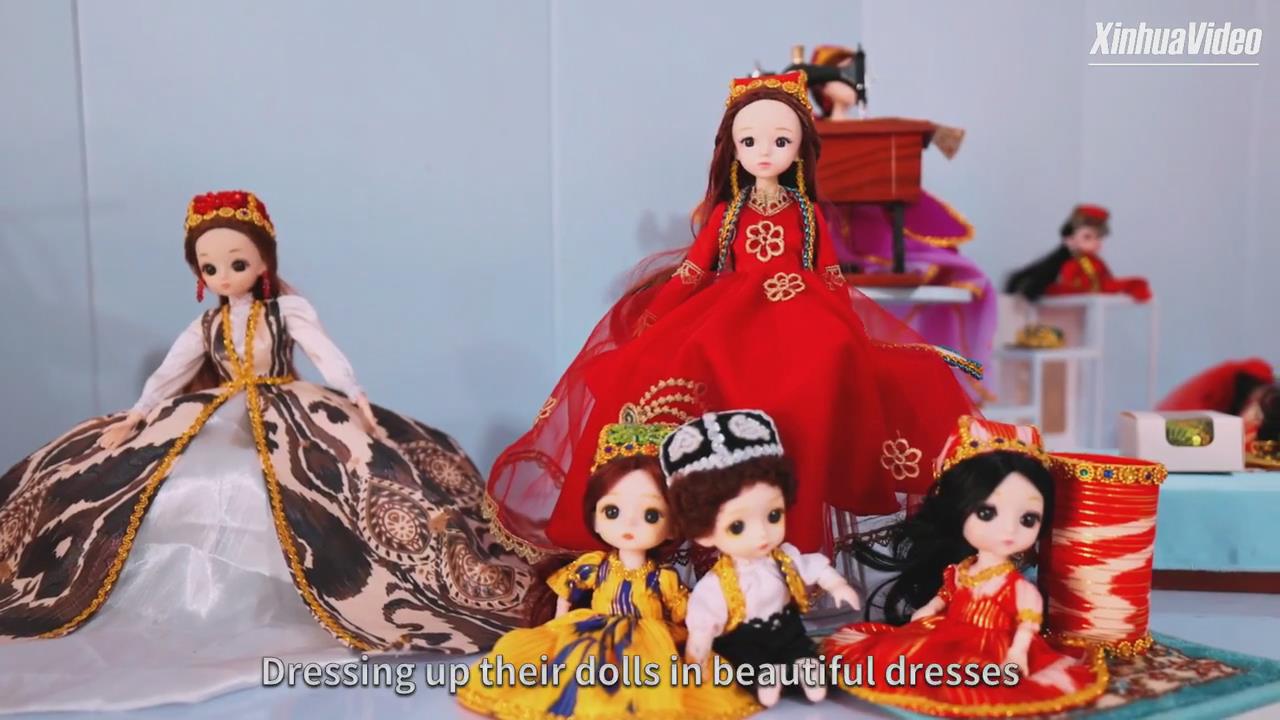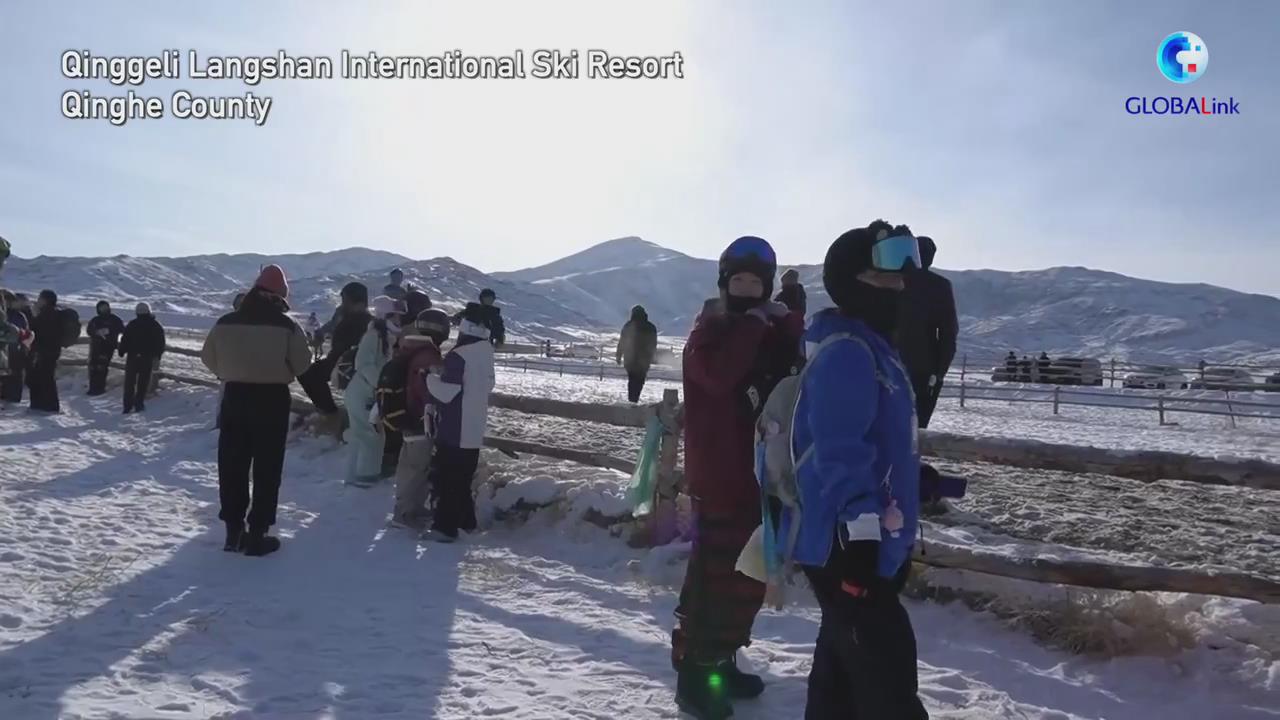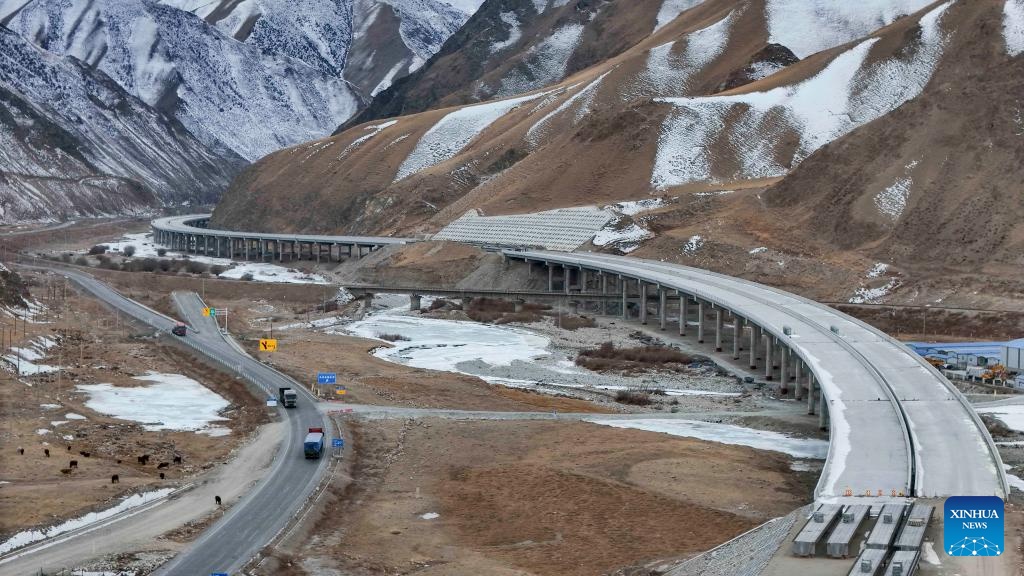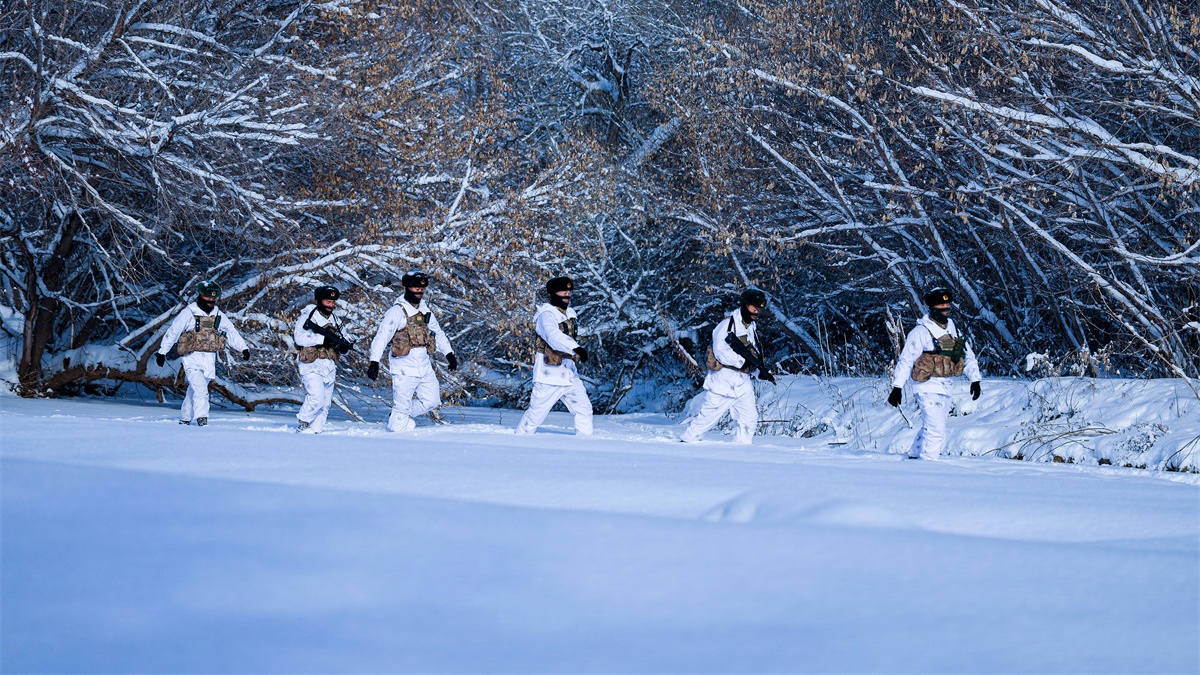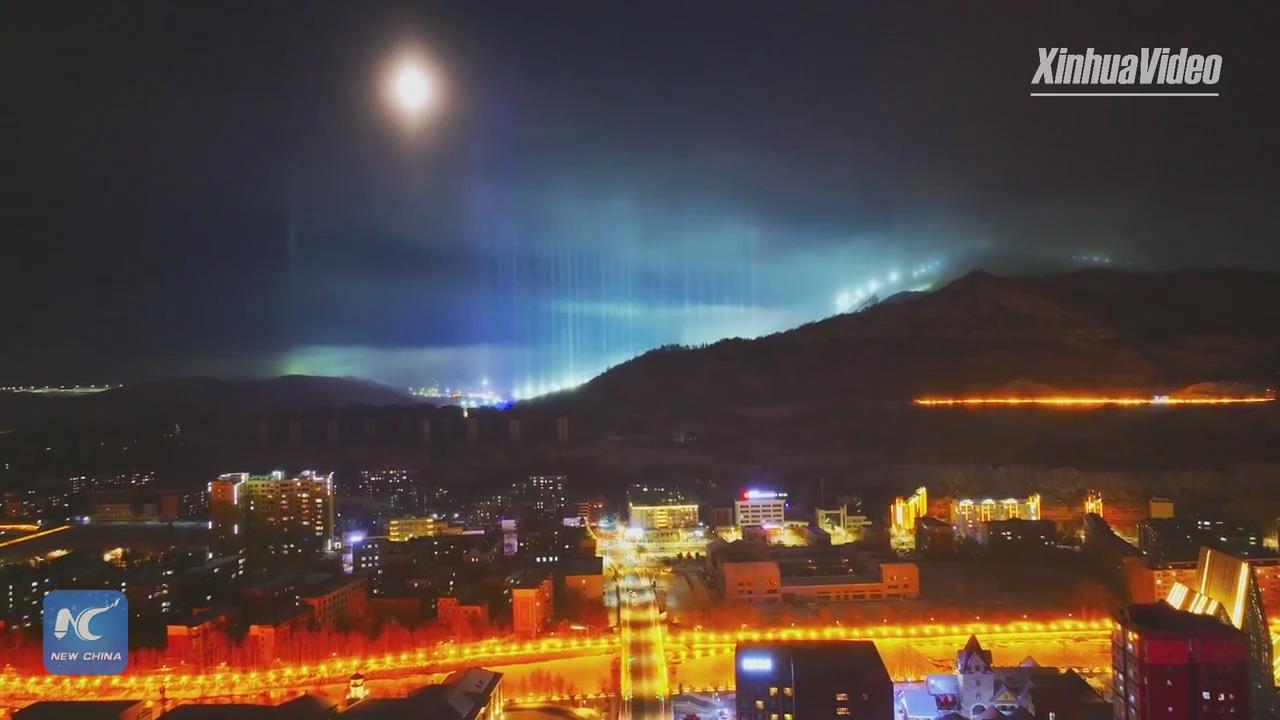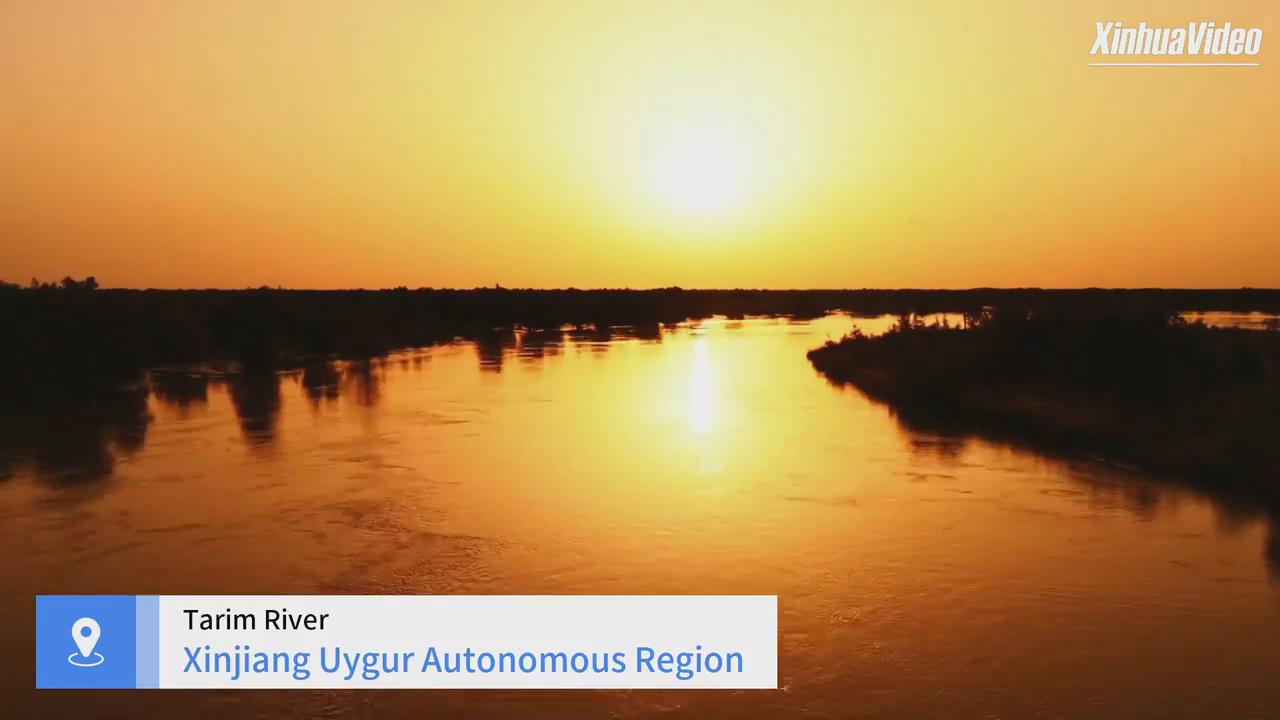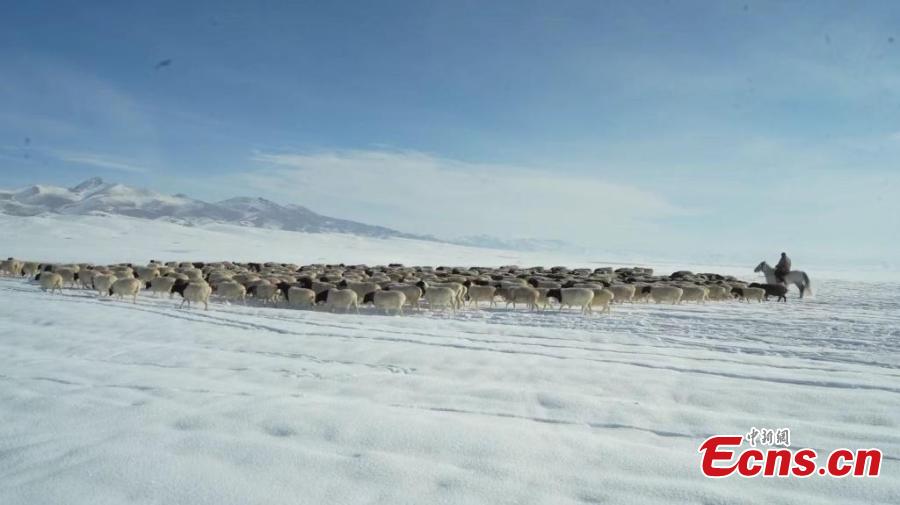The healing powers of the sun and the sand have turned the vast swathes of deserts in the Xinjiang Uygur autonomous region into hot travel destinations, catering to the well-being of those who believe in natural remedies and also reinvigorating the local tourism industry.
Many visitors to the region are flocking to Turpan — a city located about 180 kilometers southeast of the regional capital Urumqi — where a health center offers comprehensive packages that include accommodations and therapies involving sand and Chinese medicinal herbs.
Sand therapy is a traditional treatment among Uygur people. Xinjiang has a long history of using the therapeutic properties of hot sand, combined with other treatments, to promote blood circulation, treat rheumatic diseases and improve sleep quality, often achieving remarkable results.
At the Sand Therapy Health Center, located in the Kumtag Desert scenic zone of Turpan's Shanshan county, guests are offered the unique experience of burying the affected parts of their body in the sand under the scorching sun, with temperatures of the sand surface reaching up to 50 C.
The staff from Shanshan County Hospital of Uygur Medicine, which built the health center, smear olive oil on the affected parts of a guest's body, test the sand temperature, dig a suitable hole and help the guest start the treatment. Beach umbrellas are provided for sun protection.
A combination of sunlight, dry heat, pressure and magnetic force is often used to alleviate pain from conditions such as rheumatoid arthritis and cervical spondylosis.
Zhou Jianli, a resident of Xinjiang's Aksu prefecture who had suffered a waist injury, visited the health center. "Sand therapy is more useful than hot compress, and also feels very comfortable," Zhou said.
Xie Zongheng and his wife, who drove from Foshan, Guangdong province, opted for a seven-day sand therapy package at the center.
"Guangdong is relatively humid. We came here to beat the dampness," Xie said. "At first, it (the sand) was hot, but after several minutes, the temperature became comfortable. My whole body felt relaxed," he said after the treatment.
Reyima Arken, a doctor at the center, said that outdoor therapy services begin after 5:30 pm, as a mandatory measure to protect guests against heat strokes. In the morning and at night, the therapy is done indoors, using heated sand mixed with traditional Chinese medicinal herbs or salts.
During the session, each of which lasts about 15 to 30 minutes, the center's staff take care of other needs such as offering guests drinking water or helping them wipe away sweat, she added.
About 55,000 people experienced the treatment in Shanshan county from June to July, resulting in a tourism revenue of around 8 million yuan, according to local authorities.

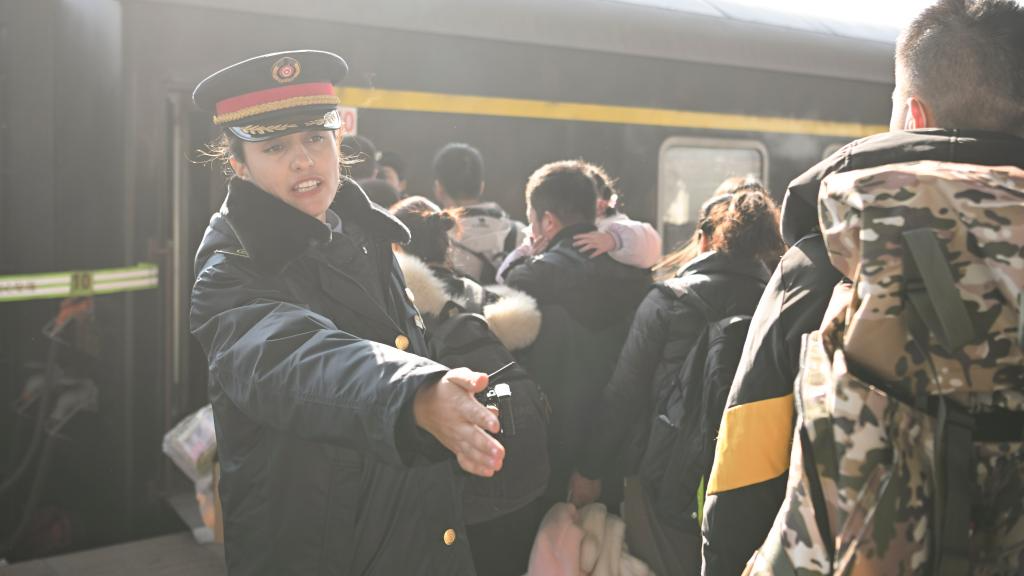
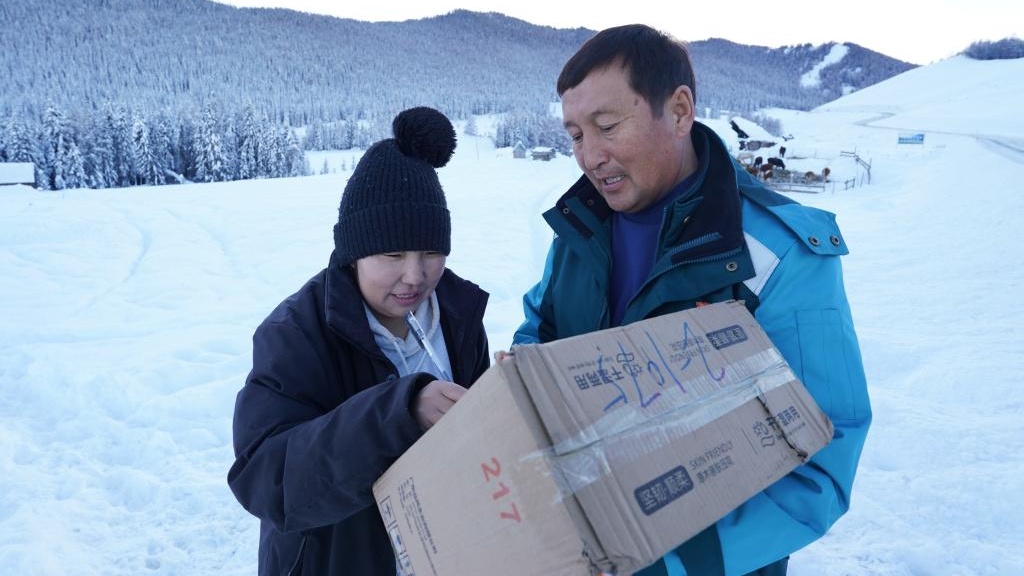
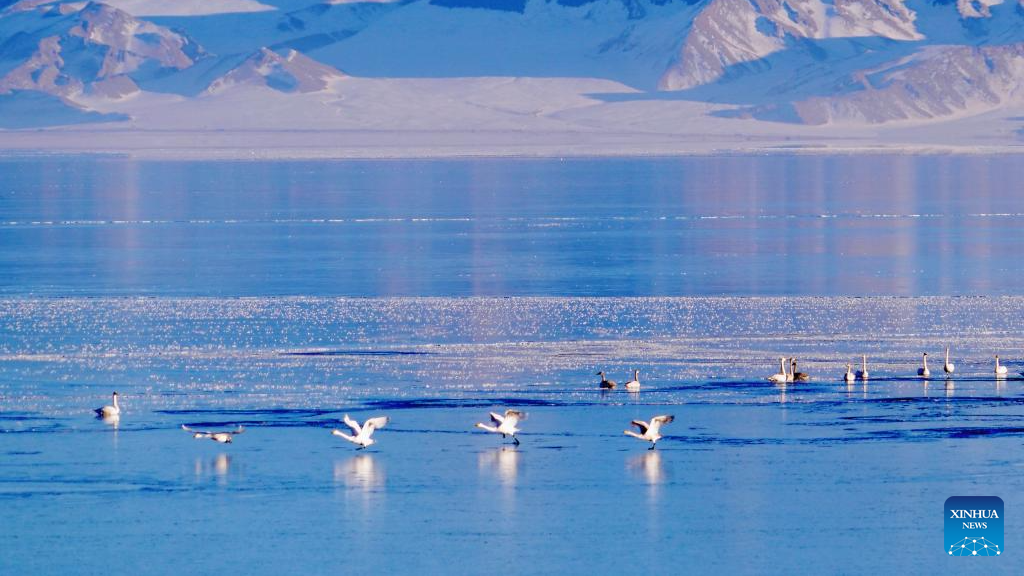

.png)
